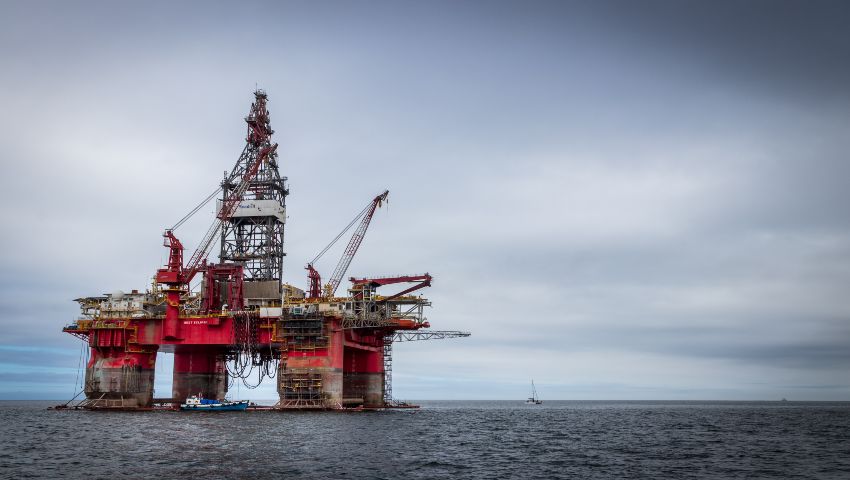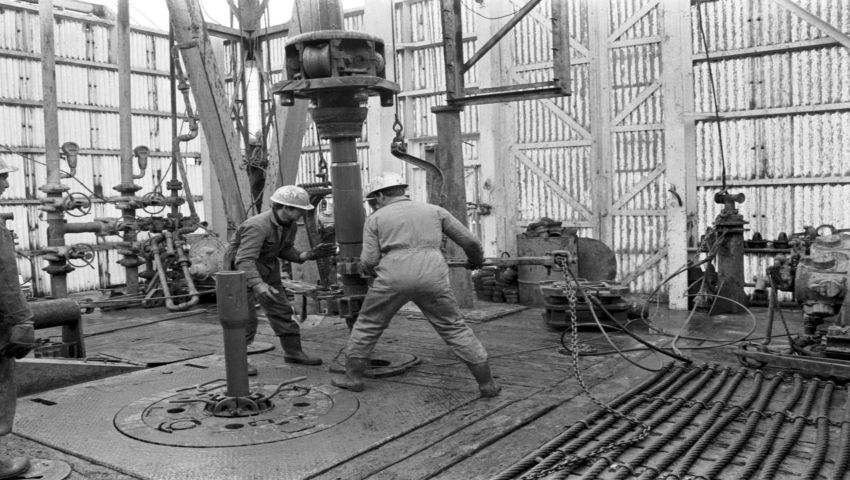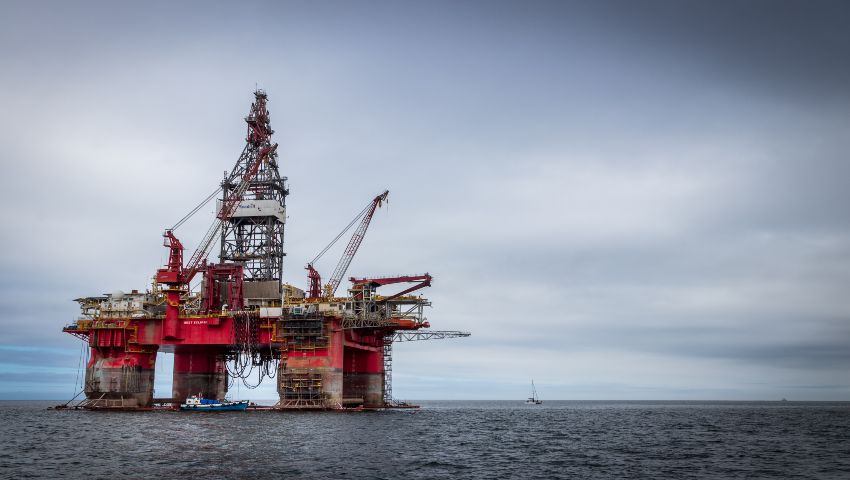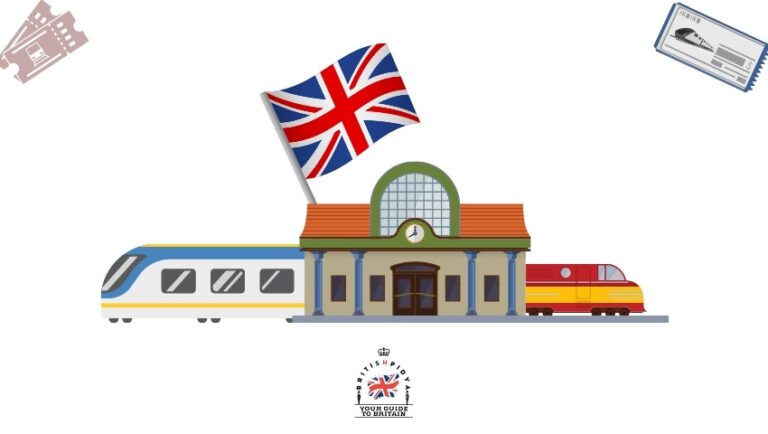Petroleum in Scotland.. A Comprehensive Guide 2023
Welcome to the ultimate guide to understanding the petroleum industry in Scotland. As someone who has spent years immersed in this fascinating field, I’m excited to share my knowledge with you.
Whether you’re an investor looking to make informed decisions or simply curious about the industry, this article aims to provide a comprehensive and engaging overview.

Introduction
A Brief History of Petroleum in Scotland
The story of petroleum in Scotland dates back to the mid-19th century when James Young, a Scottish chemist, pioneered the extraction of oil from shale. Fast forward to the 1960s, the discovery of oil and gas reserves in the North Sea revolutionized the industry, making Scotland a key player in the global petroleum market.
The Importance of Petroleum for Scotland’s Economy
The petroleum industry has been a major driving force behind Scotland’s economic growth. With billions of pounds in revenue generated annually, it has contributed significantly to the nation’s GDP, job creation, and infrastructure development.
Now, let’s dive into the different aspects of this thriving industry.

Exploration and Production
Main Regions for Petroleum Exploration in Scotland
There are two primary regions for petroleum exploration in Scotland:
- North Sea: The largest and most productive region, it has been the epicenter of Scotland’s petroleum industry since the 1960s. The North Sea contains several oil and gas fields, including the prolific Forties, Brent, and Ninian fields.
- West of Shetland: This frontier area is considered to have significant untapped reserves, making it a promising region for future exploration and production activities.
Key Players in the Scottish Petroleum Industry
The Scottish petroleum industry is characterized by a mix of major international oil companies (IOCs), such as BP, Shell, and Total, and national entities, including the National Oil Corporation (NOC) and government bodies.
Current Production Statistics
As of 2021, Scotland’s petroleum production was estimated at around 600,000 barrels of oil equivalent per day (boe/d). With ongoing exploration and technological advancements, this figure is expected to increase in the coming years.
Future Prospects and Potential Growth Areas
The future of petroleum in Scotland lies in the exploration of untapped reserves and the implementation of innovative extraction techniques. Enhanced oil recovery (EOR) methods, such as CO2 injection and steam flooding, have the potential to significantly boost production levels.
Infrastructure
Transportation of Petroleum
Petroleum produced in Scotland is transported through a combination of pipeline systems and shipping routes. Key infrastructures include:
- Pipeline systems: The Forties Pipeline System (FPS) and the Brent System are the two primary pipelines transporting oil from the North Sea to mainland Scotland.
- Shipping and terminals: Crude oil and petroleum products are shipped through major terminals, such as the Hound Point Terminal and the Sullom Voe Terminal.
Refineries and Processing Facilities
Scotland is home to the Grangemouth Refinery, one of the largest in Europe. With a processing capacity of over 200,000 barrels per day, this facility plays a crucial role in meeting the region’s demand for petroleum products.
Storage Facilities and Strategic Reserves
Storage facilities and strategic reserves ensure a steady supply of petroleum products in times of crisis. In Scotland, these include underground storage sites, such as those at St. Fergus and Balmoral.







